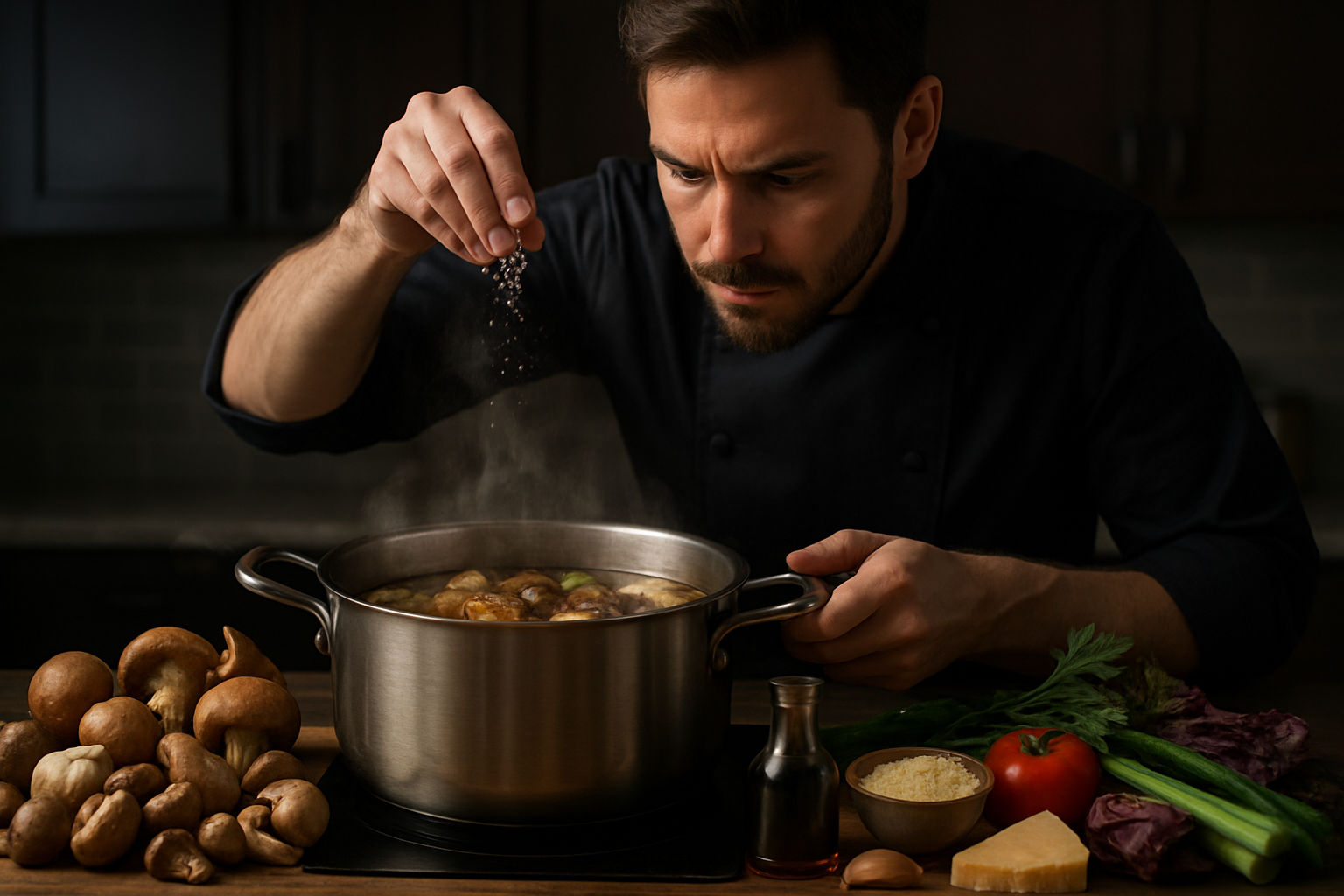Crafting Culinary Masterpieces with Sous Vide
Elevate your home cooking with the precision of sous vide. This game-changing technique transforms ordinary ingredients into extraordinary dishes, unlocking flavors and textures you never knew were possible. From perfectly cooked steaks to silky custards, sous vide opens up a world of culinary possibilities.

Equipping Your Kitchen for Sous Vide Success
To get started with sous vide cooking, you’ll need a few essential tools. The most important is a sous vide immersion circulator, which heats and circulates the water to maintain a precise temperature. You’ll also need a large container or pot to hold the water bath, as well as vacuum-sealed bags or reusable silicone bags to hold your food. While not strictly necessary, a vacuum sealer can help remove air more effectively, ensuring better heat transfer and preventing oxidation. Consider investing in a cast iron skillet or kitchen torch for finishing touches, as sous vide doesn’t create the crispy exterior that some dishes require.
Mastering Proteins: From Steak to Salmon
One of the most popular applications of sous vide is cooking proteins to perfection. For steaks, set your circulator to 129°F (54°C) for medium-rare, and cook for 1-2 hours depending on thickness. The result is a steak that’s perfectly pink from edge to edge, with no gray band of overcooked meat. Chicken breasts, often prone to dryness, become incredibly juicy when cooked sous vide at 145°F (63°C) for 1.5-2 hours. Fish like salmon benefit from a gentle 122°F (50°C) bath for about 30 minutes, resulting in a silky, melt-in-your-mouth texture that’s hard to achieve through other methods.
Beyond Proteins: Vegetables and Desserts
Sous vide isn’t just for meats and fish; it’s also an excellent way to prepare vegetables and desserts. Root vegetables like carrots and beets can be cooked at 183°F (84°C) for about an hour, resulting in tender yet firm textures and intensified flavors. For a unique twist, try sous vide corn on the cob at 183°F for 30 minutes – the kernels will be perfectly cooked and bursting with sweetness. When it comes to desserts, sous vide shines in creating silky custards and creamy puddings. A classic crème brûlée cooked at 176°F (80°C) for an hour will have the smoothest texture you’ve ever experienced.
Elevating Flavors with Infusions and Marinades
Sous vide cooking offers unique opportunities for infusing flavors into your dishes. Because food is sealed in bags, any herbs, spices, or aromatics you add will intensely flavor the food without losing potency to evaporation. Try adding crushed garlic and rosemary to your steak, or lemon slices and dill to your salmon. For a more adventurous twist, infuse spirits or create flavored oils using sous vide. Vanilla-infused bourbon or herb-infused olive oil can be made quickly and safely at low temperatures, opening up new possibilities for cocktails and dressings.
• Tip: For the best sear on sous vide meats, pat them dry and chill for 10 minutes before hitting a screaming hot pan.
• Fact: Sous vide cooking can reduce food waste by up to 50% due to less evaporation and more precise portioning.
• Tip: Use a binder clip to secure the sous vide bag to the side of your container, preventing it from floating.
• Fact: Sous vide was first developed in France in the 1970s as a way to extend the shelf life of food.
• Tip: For perfectly poached eggs, cook them in the shell at 145°F (63°C) for 45 minutes.
Conclusion
Sous vide cooking is more than just a trendy technique; it’s a revolutionary approach to preparing food that offers unparalleled precision and consistency. By mastering this method, home cooks can create restaurant-quality dishes with ease, exploring new flavors and textures that were once out of reach. Whether you’re a culinary novice or a seasoned chef, sous vide opens up a world of possibilities, transforming your kitchen into a laboratory of gastronomic innovation. Embrace the precision, unleash your creativity, and prepare to elevate your culinary game to new heights with sous vide.





